The rule of thirds can be used for close-up portraits as well. The rule of thirds is applied by aligning a subject with the guide lines and their intersection points placing the horizon on the top or bottom line or allowing linear features in the image to flow from section to section.
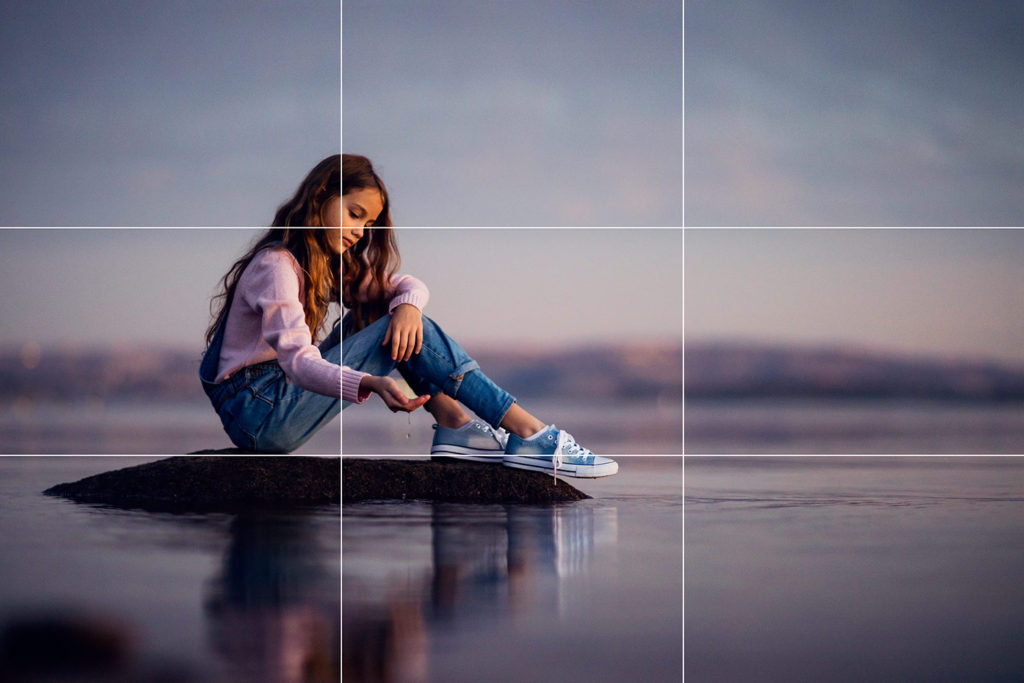
Rule Of Thirds In Portrait Photography Composition Guide Bidun Art
Photo courtesy of Unsplash.

. You can also place your subject along the lines as well. Then with the imaginary 33 grid of 9 segments formed by two horizontal and vertical lines each the images subject is positioned at the intersection of those dividing lines or along with one of the lines itself. Portrait photographers usually position the subjects face to align the top horizontal line with their eyes.
The rule of thirds is one of the compositional rulesguidelines that applies to landscape street photography pet photography and portrait photography. These lines intersect four times and along these points are where your subjects should be placed. EOS M5 EF-M55-200mm f45-63 IS.
The Rule of Thirds is a design principle where an image is divided into thirds both horizontally and vertically. Your key elements create visual interest in a. By doing so you draw your viewers eyes to one of the intersections in the most natural way.
Great Tips For Symmetry in Photography. It is also known by other names like the two-thirds rule one-third rule rule of three photography thirds rule etc. The rule of thirds is one of the most present rule in photography.
Really the rule of thirds is about two things. So lets take a look at the Rule of Thirds as it relates to photography. Peterson said is to get close and fill the frame.
I was most intrigued by the reflection of the flag in. The rule of thirds can be applied to virtually any type of photo from a portrait to a landscape to a street scene. Adopted centuries ago by brilliant artists the rule of thirds has.
This should be called the Rule of Ninths instead of the Rule of Thirds. In portrait photography the rule of thirds is applied to the eye line. The rule of 3rds applies to both horizontal vertical frames.
The best way to make your subject stand out when using the rule of thirds is to focus on colors that stand out. Basically you visually divide the image you see in your cameras viewfinder into thirds and then you position your horizon so it goes along either the top imaginary horizontal line or the bottom one. At its most basic the rule of thirds states that placing the key elements on the thirds of a picture is more pleasing to the eye than centering the subject or creating symmetry.
Rather than having the face in the centre or filling the frame professional portrait photographers normally place the eyeline along the top vertical line in a rule of thirds grid. The idea is to place the most interesting part of your image at or near one of the intersecting lines. Whats more the rule is more easily applied today than ever before - most cameras have a rule of thirds grid that can be engaged such that you can quickly and easily compose a.
Photographs are timeless moments etched in time and as such they should be framed with the utmost care. The rule of thirds is applied to portrait photography in its position of the eyeline. However in my humble opinion the rule of thirds is really an over simplification of the Phi grid which comes from the golden section.
One of the first rules of composition most photographers learn is the Rule of Thirds. Rule of thirds in portraits. This works for close-ups and wider more environmental portraits.
The idea behind this rule goes back to Western painting origins where painters divided their canvases into thirds. Get one of their eyes at the intersection. The rule of thirds works for many compositions including portraits.
Most would agree that the Rule of Thirds is fine and will often help you get a well-balanced composition. Successful photographs often use a technique called The Rule of Thirds to ensure that each moment is given equal weighting on both horizontal vertical axes. When youre shooting a close-up portrait place your subjects head in one of the thirds.
In portrait photography the rule of thirds is fairly simple to apply. Rule of Thirds The rule of thirds is an artistic technique that separates your image into three segments horizontally and then three segments vertically resulting in nine equal sections. At times though the rule of thirds may not be the best way to compose a given scene.
In general no matter the crop or orientation the eyes are placed on the upper third. Youre not close enough until you have cut off part of the persons forehead. Heres a final sample photo of the rule of thirds in a composition.
Otherwise called the golden mean or the golden ratio the golden section is an irrational mathematical constant that equals to approximately 16180339. The Rule of Thirds actually goes way back. In close-ups you usually frame the shot fairly central.
Portraiture and the Rule of Thirds in General Photography Talk Portraiture and the Rule of Thirds -- General Photography Talk in photography. It can be extended to almost any kind of photography from a portrait to a landscape to a street scene. This leaves an appropriate amount of head room but also puts the models face slightly off-center which adds interest.
In portrait photography the rule of thirds is used to achieve perfect composition by aligning people or their faces with the grid lines. Cropping Using the Rule of Thirds The rule of thirds is a trick that photographers sometimes use to create more interesting compositions. The thirds of an image can be found by dividing an image into nine equal parts with two equally spaced vertical lines and two equally spaced horizontal lines.
Professional portrait photographers almost always place the eye line along the top third-line of the frame. This rule breaks down a photo into a grid with nine equal parts separated by two horizontal and vertical lines. The rule of thirds the most ubiquitous rule in all of photography.
Dynamism movement First by positioning key elements at rule of thirds intersections or gridlines your photo becomes more balanced. Rule of Thirds. Now that you know how to follow the rule of thirds its important to understand why it matters and what exactly it can do for your photos.
The image below is a prime example of a precisely used rule of thirds in portrait photography. So you can apply it to images in landscape and portrait orientation also. In my opinion that is when you are close enough for a really intimate portrait.
Furthermore the rule is implemented more effectively today than ever before. Ive highlighted them in red above. So the face fills the entire frame.
Rule of thirds implies putting the subject or point of interest into a specific location in the frame. This rule recommends dividing the image into thirds and placing your subject into one of those sides instead of in the. Painters have been benefiting from this rule since the days when Greek artists discovered it.
When using the rule of thirds there are four. Plato was the first to discover this golden ratio which. In photography the rule of thirds is a composition type in which a photo is divided evenly into thirds horizontally and vertically.
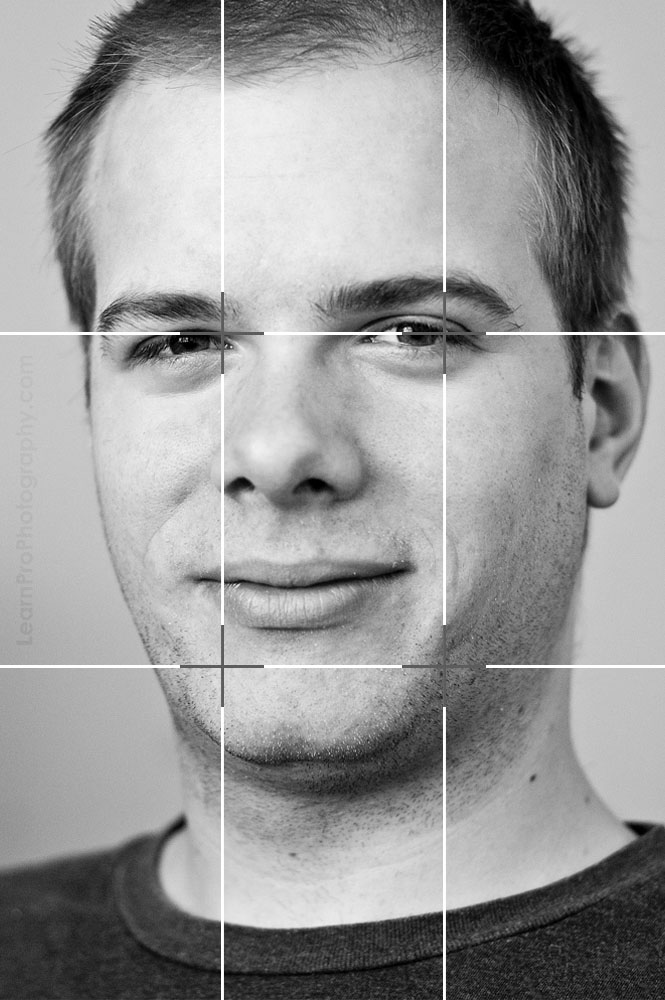
Rule Of Thirds Definition Examples Learn Pro Photography

The Rule Of Thirds A Simple Way To Improve Your Images Digital Photography Review

Understanding The Rule Of Thirds

Rule Of Thirds 2022 The Definitive Guide With Examples

What Is The Photography Rule Of Thirds
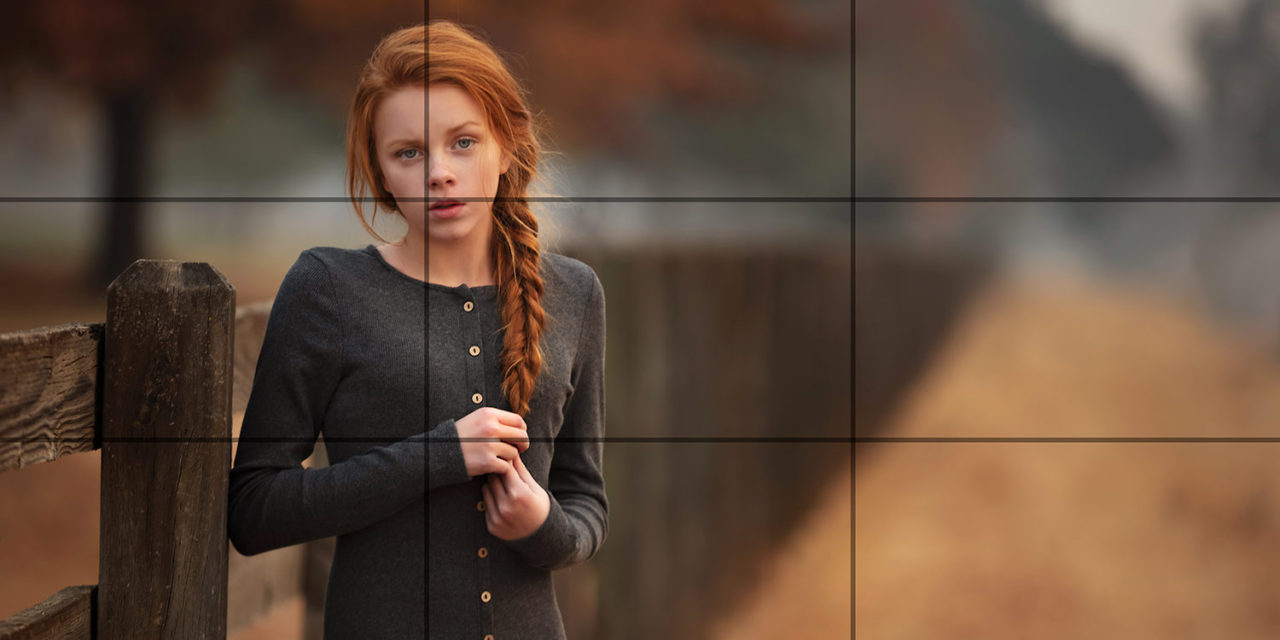
Rule Of Thirds In Portrait Photography Composition Guide Bidun Art
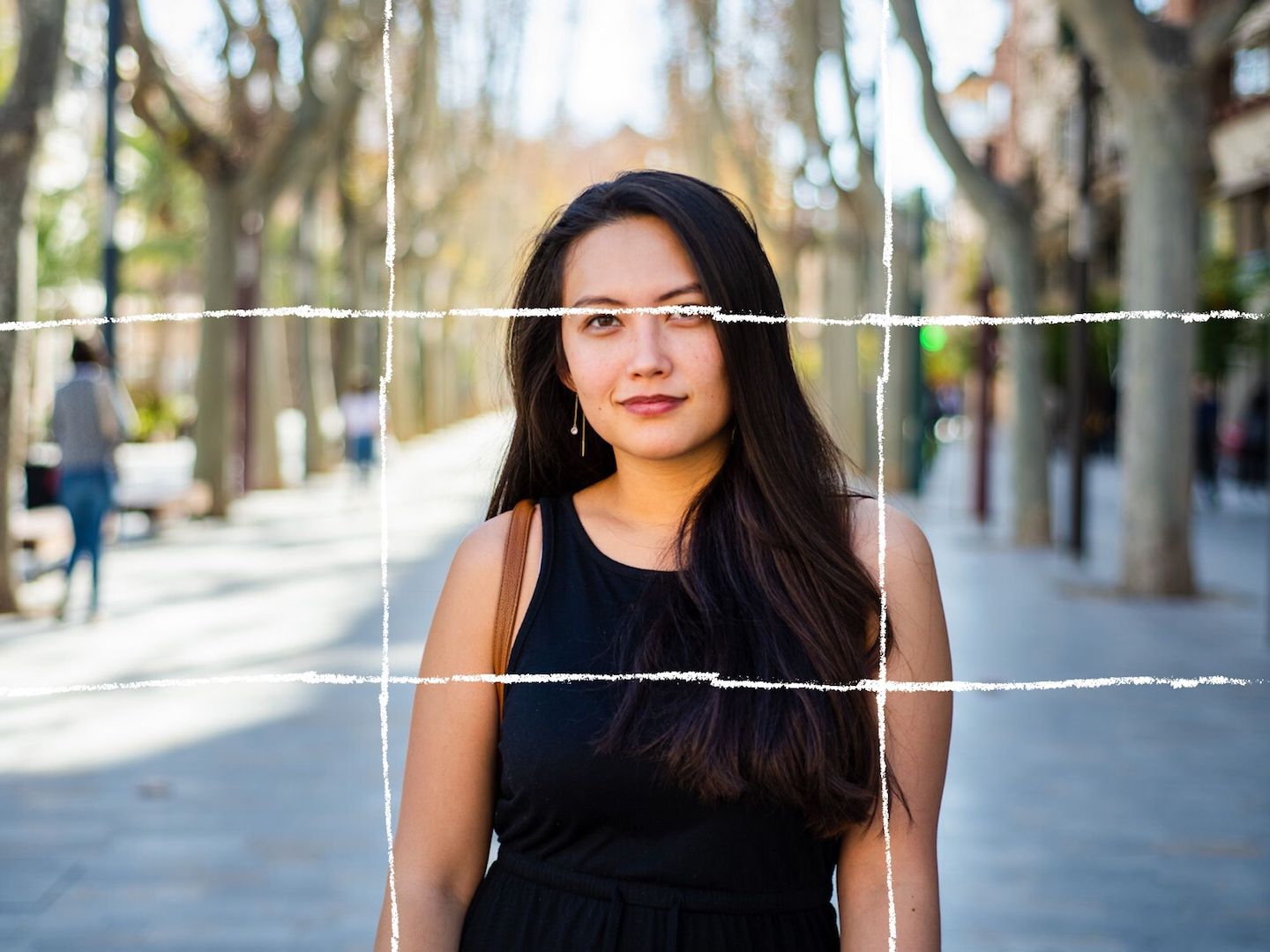
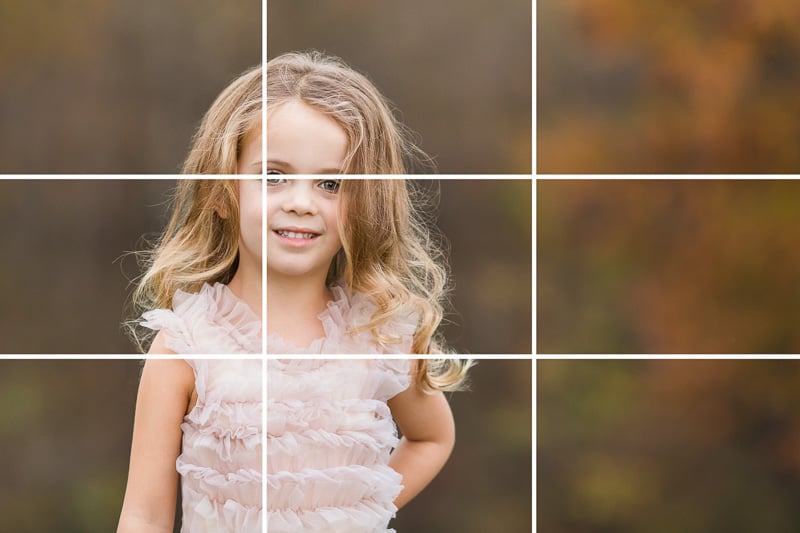
0 comments
Post a Comment